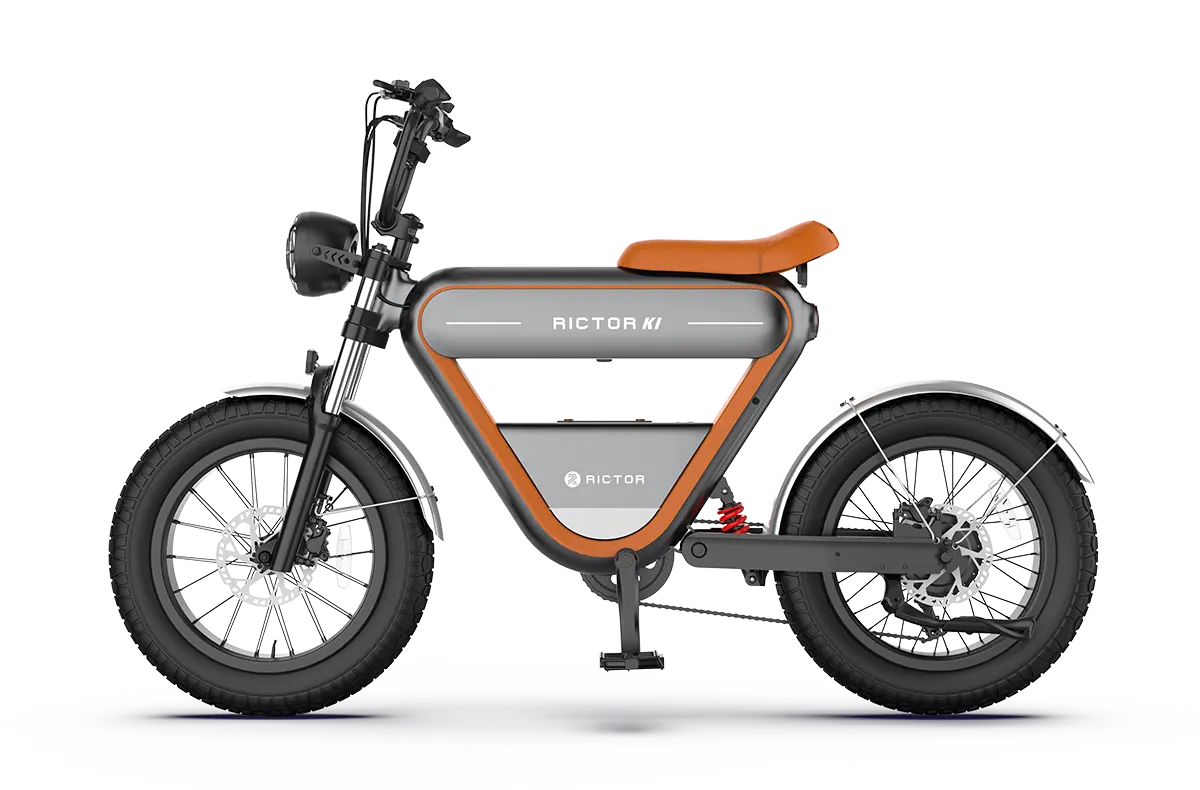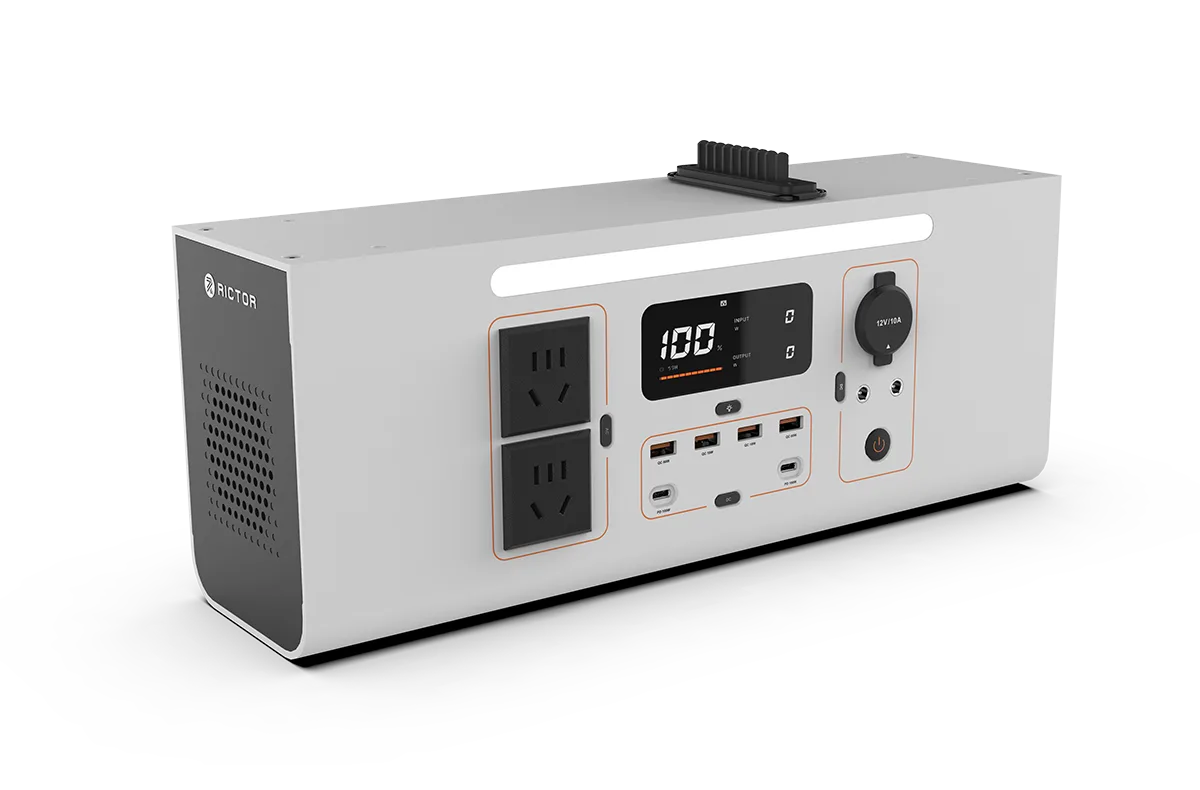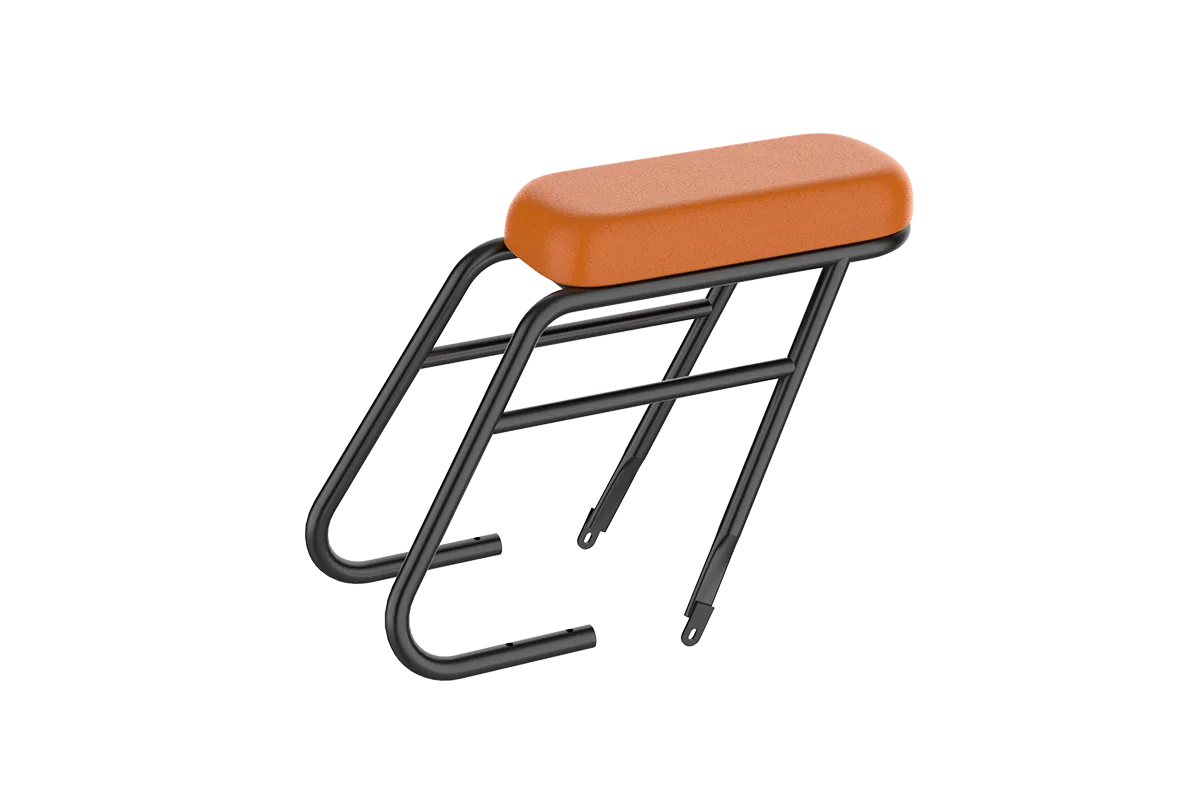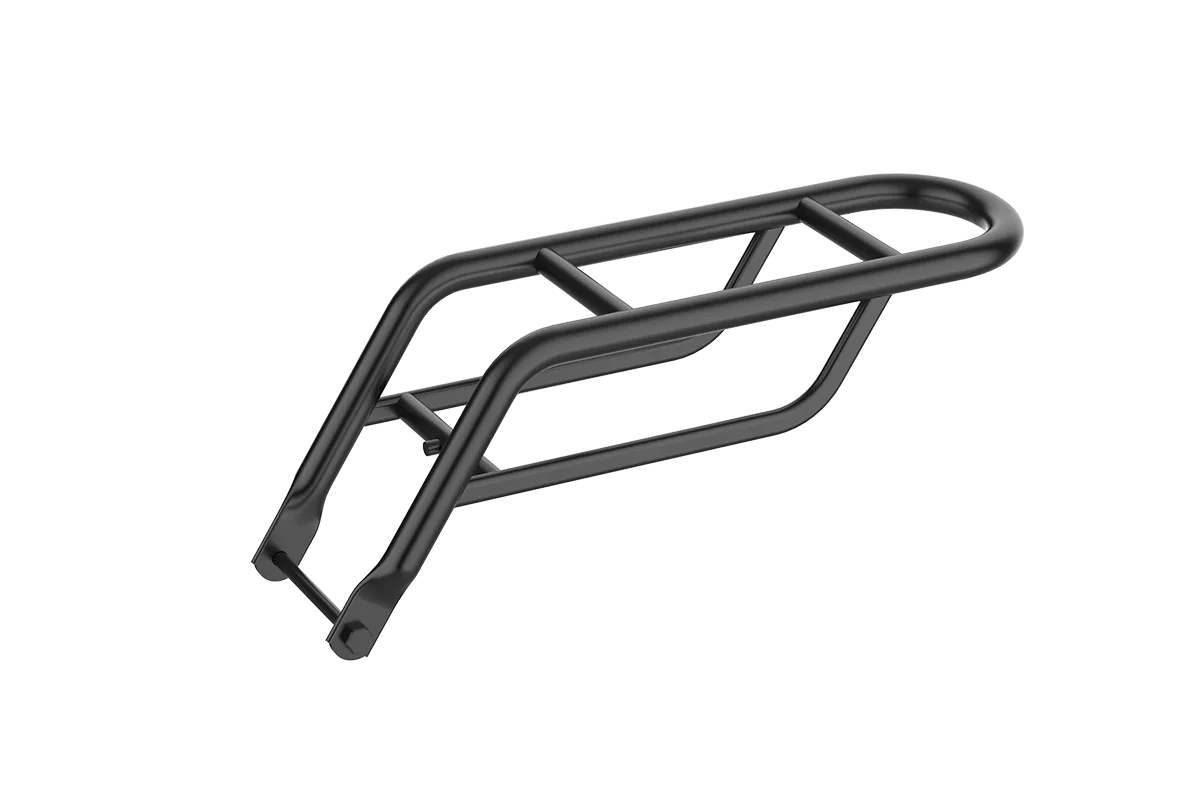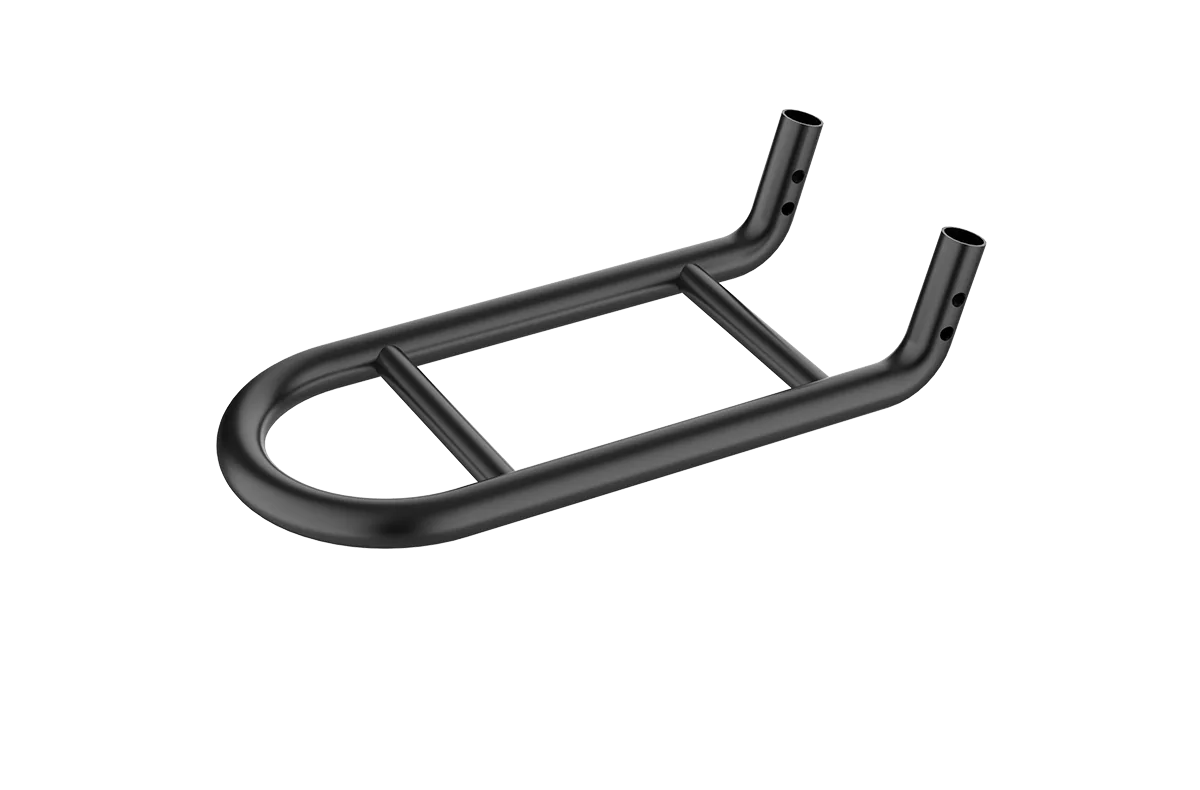Your electric bike battery, the powerhouse of your ride, is a complex electrochemical system. Like any chemical reaction, the processes within are significantly influenced by temperature. This article will explore the underlying chemistry of these temperature effects and provide actionable strategies to mitigate potential damage and optimize your battery's health.
How Batteries Work
At its core, a lithium-ion battery (the type found in most e-bikes) generates electricity through the movement of lithium ions between the positive electrode (cathode) and the negative electrode (anode) through an electrolyte. This movement occurs during both charging and discharging. The rate and efficiency of these electrochemical reactions are highly temperature-dependent.
High Temperatures
Exposure to high temperatures, whether during charging, discharging (riding in hot weather), or storage, can have several detrimental effects on your e-bike battery:
-
Increased Reaction Rates: Higher temperatures accelerate the chemical reactions within the battery. While this might seem beneficial for power output in the short term, it also speeds up undesirable side reactions that lead to the degradation of battery components.
-
Electrolyte Decomposition: The electrolyte, the medium through which lithium ions travel, can break down at elevated temperatures. This decomposition can lead to the formation of gases, increased internal resistance, and a reduction in the battery's capacity.
-
SEI Layer Growth: A Solid Electrolyte Interphase (SEI) layer forms on the anode during the battery's initial cycles. This layer is crucial for battery stability, but excessive heat accelerates its growth. An overly thick SEI layer impedes lithium ion flow, increasing internal resistance and reducing both power and capacity.
-
Cathode Material Degradation: High temperatures can also cause structural changes and degradation of the cathode material, further contributing to capacity fade and reduced performance.
-
Increased Internal Pressure: The formation of gases due to electrolyte decomposition can increase the internal pressure within the battery cells, potentially leading to swelling or even rupture in extreme cases.
-
Accelerated Capacity Fade: The cumulative effect of these high-temperature-induced degradations is an accelerated decline in the battery's overall capacity, meaning it won't hold as much charge as it used to, and its lifespan will be shortened.
Practical Steps to Combat High Temperatures:
-
Avoid Charging in Direct Sunlight or Hot Environments: Always charge your e-bike battery indoors or in a shaded, well-ventilated area.
-
Let the Battery Cool Down After Riding: If you've just completed a long or strenuous ride in hot weather, allow the battery to cool down to ambient temperature before charging.
-
Store Your E-bike and Battery in a Cool Place: When not in use, store your e-bike and its battery in a cool, dry environment away from direct sunlight and heat sources. Avoid leaving it in a hot car for extended periods.
-
Be Mindful of Riding Conditions: During very hot days, consider shorter rides or avoid pushing the motor to its maximum output for extended periods, as this can generate additional heat in the battery.
SEE ALSO 7 Essential Tips for Charging Your eBike Battery – Prevent Fires and Extend Battery Life
Low Temperatures
While not as permanently damaging as extreme heat, low temperatures can also significantly impact your e-bike battery's performance:
-
Slowed Chemical Reactions: Cold temperatures slow down the electrochemical reactions within the battery. This increased internal resistance hinders the flow of lithium ions, leading to reduced power output and a noticeable decrease in range. Your e-bike might feel sluggish, especially on hills.
-
Increased Internal Resistance: The electrolyte becomes more viscous at low temperatures, further impeding ion flow and increasing internal resistance.
-
Reduced Capacity (Temporarily): The effective capacity of the battery is temporarily reduced in cold temperatures. While the total energy stored might be the same, the rate at which it can be delivered is lower. This means you'll likely experience a shorter range on a cold day.
-
Increased Strain During Charging: Charging a frozen battery can be particularly harmful. Lithium plating, the formation of metallic lithium on the anode surface, can occur when charging at low temperatures. This can permanently reduce the battery's capacity and lifespan, and in severe cases, pose a safety risk.
Practical Steps to Mitigate Low-Temperature Effects
-
Store Your E-bike and Battery Indoors: When temperatures are cold, store your e-bike and battery indoors in a warmer environment.
-
Warm Up the Battery Before Riding (If Possible): If your battery has been stored in the cold, allow it to warm up to room temperature before your ride.
-
Avoid Charging a Frozen Battery: Never attempt to charge a battery that is below freezing (around 0°C or 32°F). Allow it to warm up gradually before plugging it in. Some smart e-bike systems have temperature sensors that prevent charging in extreme cold.
-
Consider Battery Insulation: For very cold climates, some specialized battery bags or wraps offer insulation to help maintain a more optimal operating temperature.
-
Be Aware of Reduced Range: Expect a decrease in your e-bike's range in cold weather and plan your rides accordingly.
Optimal Battery Temperature
The ideal operating temperature range for most lithium-ion ebike batteries is typically between 15°C and 25°C (59°F and 77°F). Operating within this "Goldilocks zone" helps to maintain optimal performance and prolong the battery's lifespan. While you can't always control the ambient temperature, being mindful of these effects and taking preventative measures will go a long way in ensuring your electric bicycle battery remains healthy and powers your rides for years to come.
FAQs
Will riding my e-bike in cold weather permanently damage the battery?
Riding in cold weather will temporarily reduce your battery's range and power output due to slower chemical reactions. However, it generally won't cause permanent damage as long as you avoid charging the battery when it's frozen. Allow it to warm up to room temperature before charging.
Is it better to store my e-bike battery fully charged or empty during hot summer months?
Neither fully charged nor completely empty is ideal for long-term storage, especially in hot conditions. The optimal storage charge level for lithium-ion batteries is around 50-60%. Store the battery in a cool, dry place away from direct sunlight.
Do e-bike batteries have built-in temperature protection?
Most modern e-bike batteries and battery management systems (BMS) do have built-in temperature sensors and protection circuits. These are designed to prevent charging or discharging outside of a safe temperature range to protect the battery from damage. However, it's still crucial for users to adopt good temperature management practices to maximize battery lifespan.
